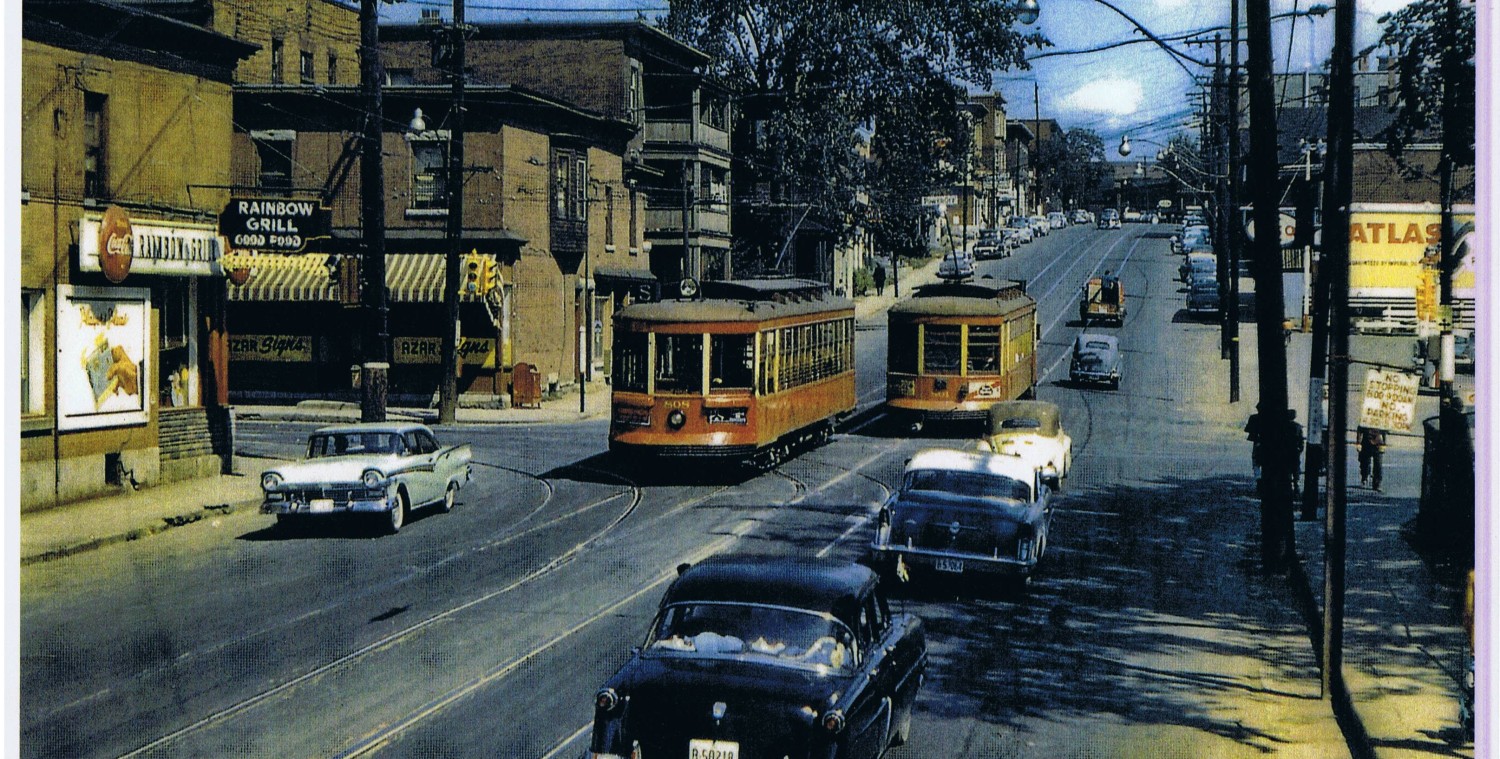Downtown Honalulu and Waikiki have spent many millions improving pedestrian environments ( I heard the number $535 million spent, but cannot confirm that). The main shopping drag along Waikiki beach (a successful example of a main street environment on one side, a recreational facility on the other) goes by buildings rangeing from brand new to one hundred years old. They are all built a slightly different setbacks, elevations, and angles. So the new sidewalk, of brick, varies in width, elevation, slope, and amenity.
In many places, “islands” of plantings divert ped flow into multiple chanels and create pockets of space for buskers, artists, cafe tables, etc.
In the above picture, the sidewalk has been pulled back from the road surface by about five feet and then installed right up to the storefronts built in the 1980’s. There is a short wall on the curb side and generous planting of ground covers, shrubs, and trees on the slope of planter bed that goes to the curb. The result is great privacy from the cars, a sense of separation and safety, without losing the animating effect of having vehicles go by.
The street is curently three, four, or in some places, five lanes wide. I suspect the widened sidewalks and improved ped environment came from removing vehicle lanes. There was no on-street parking, but there were bays installed for delivery vehicles and drop offs (no waiting!). I couldn’t help but wonder what Rideau Street would look like with generous green planters and trees down both sides in front of the Rideau Centre. Something to keep in mind when the underground LRT replaces most of the surface bus routes.



